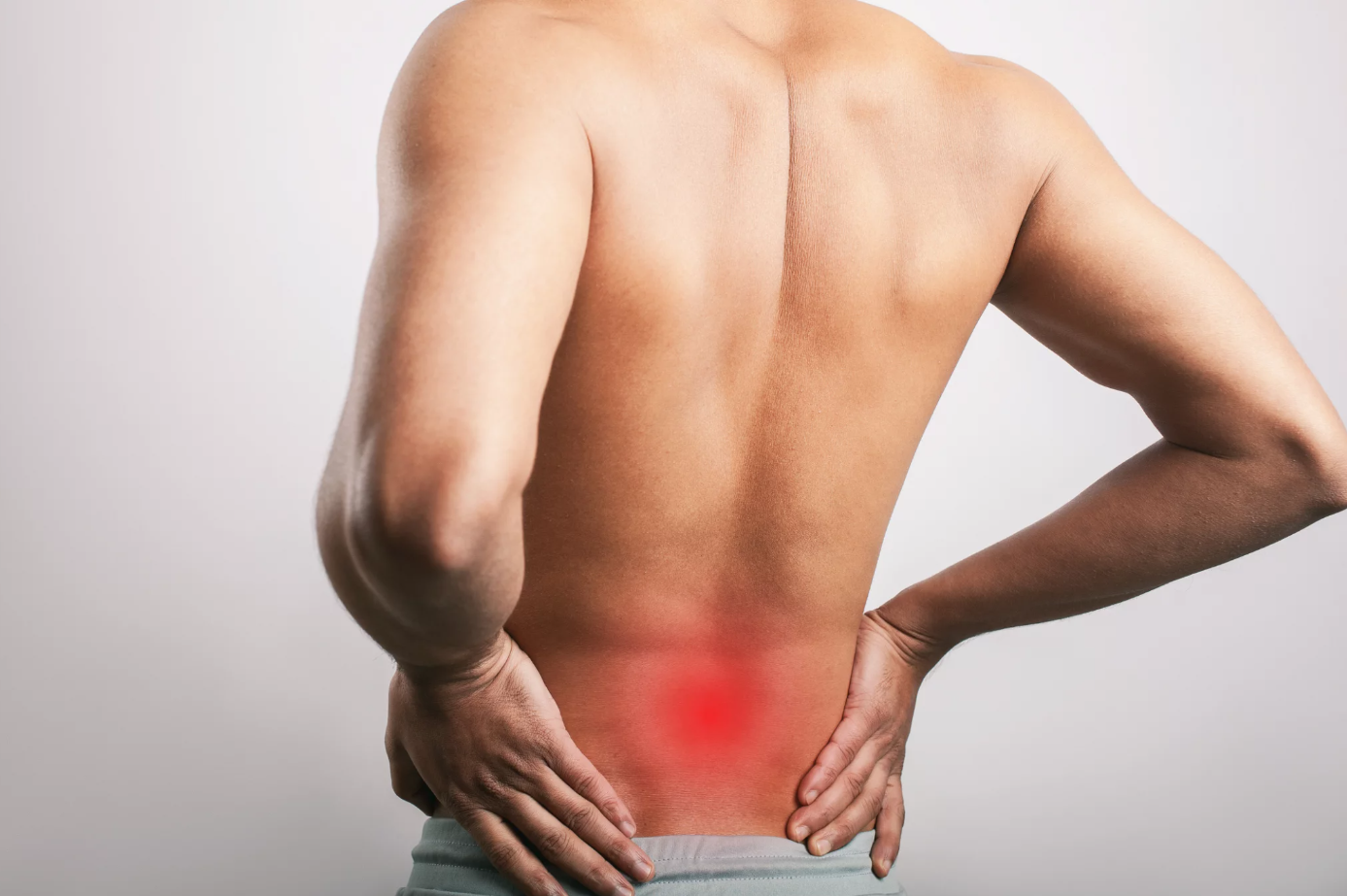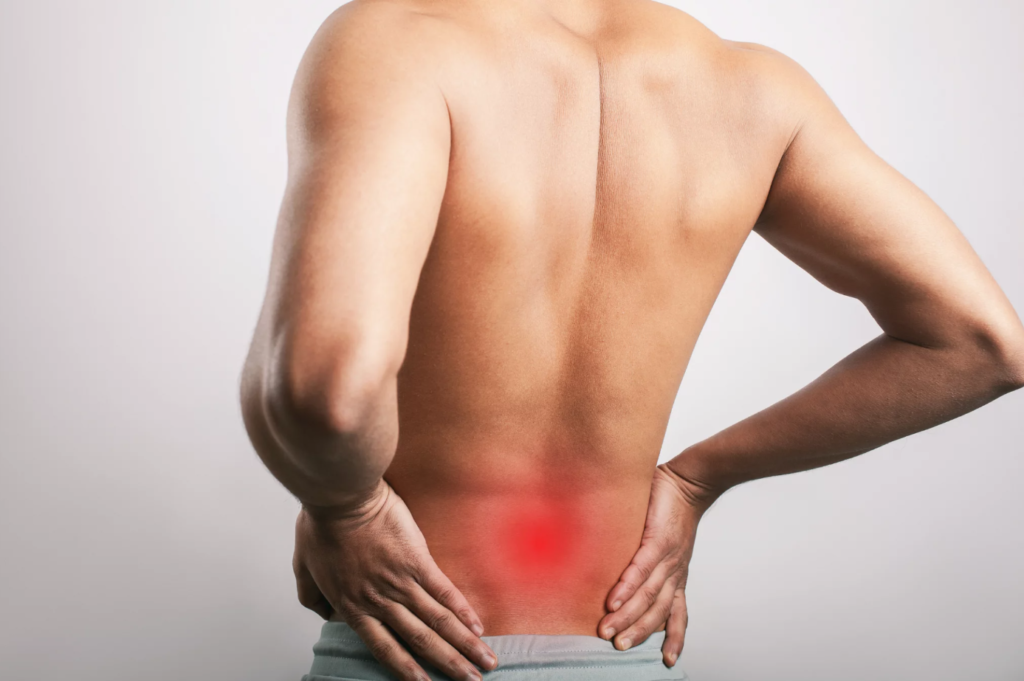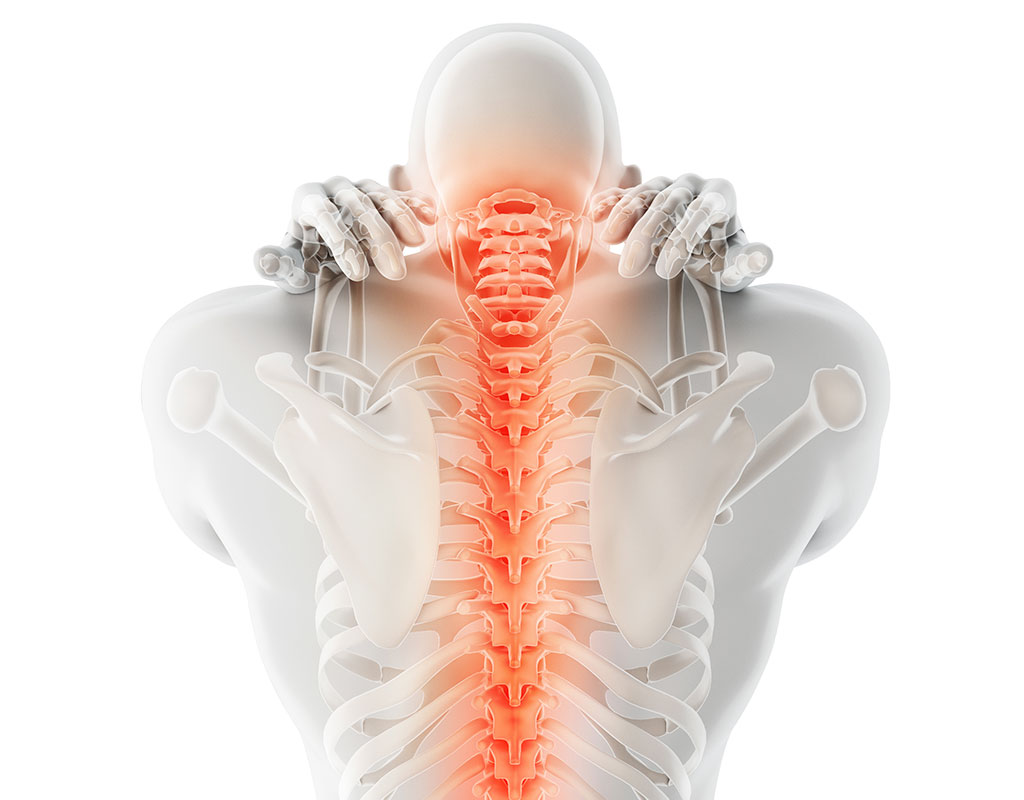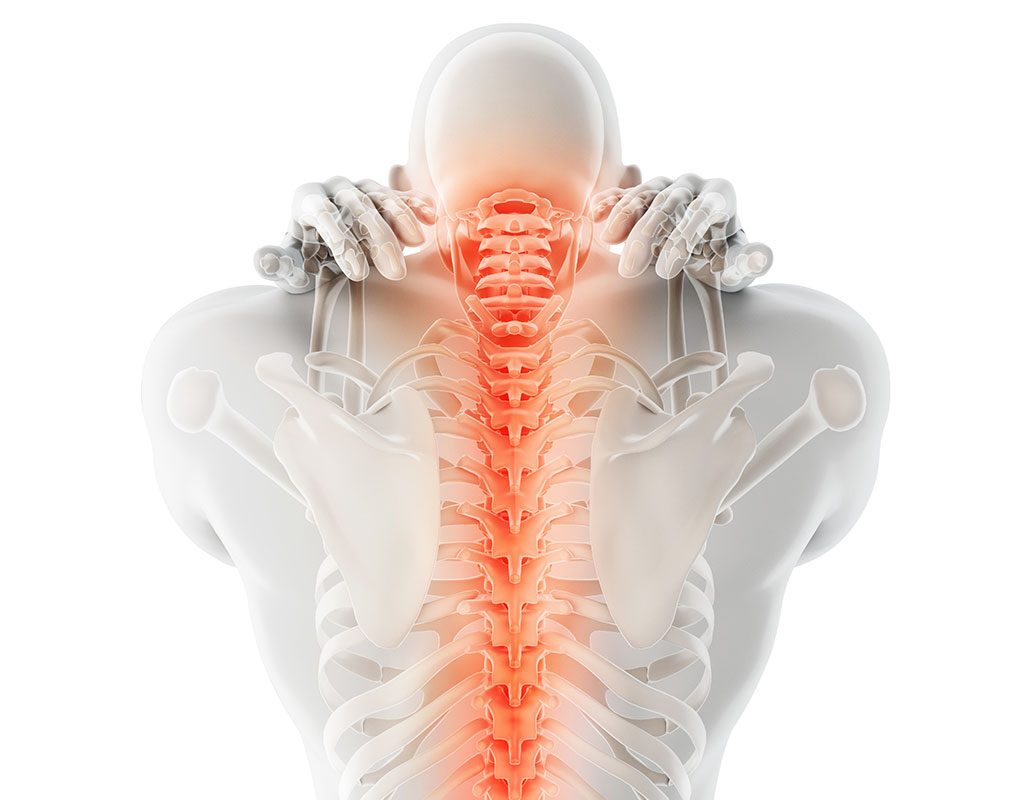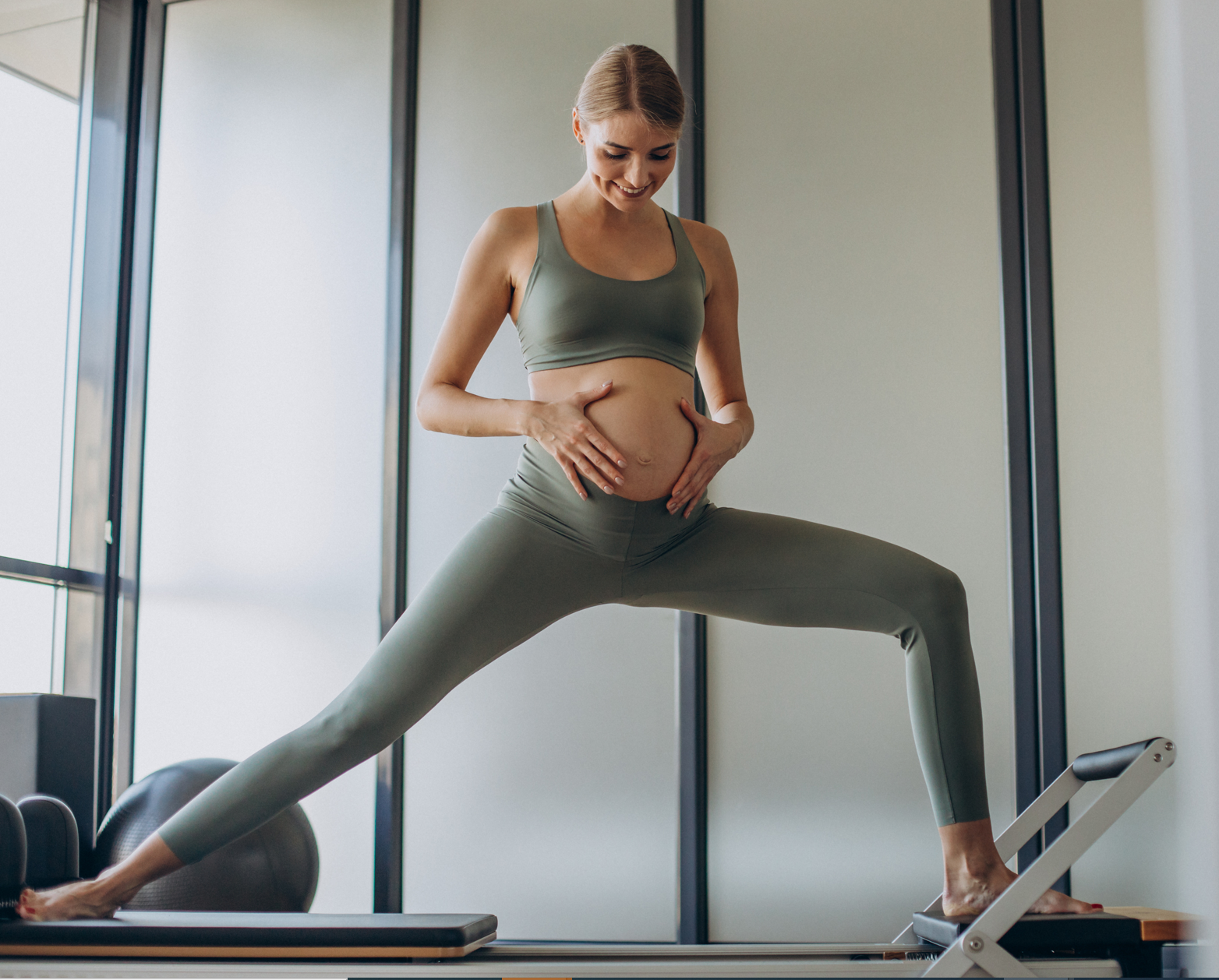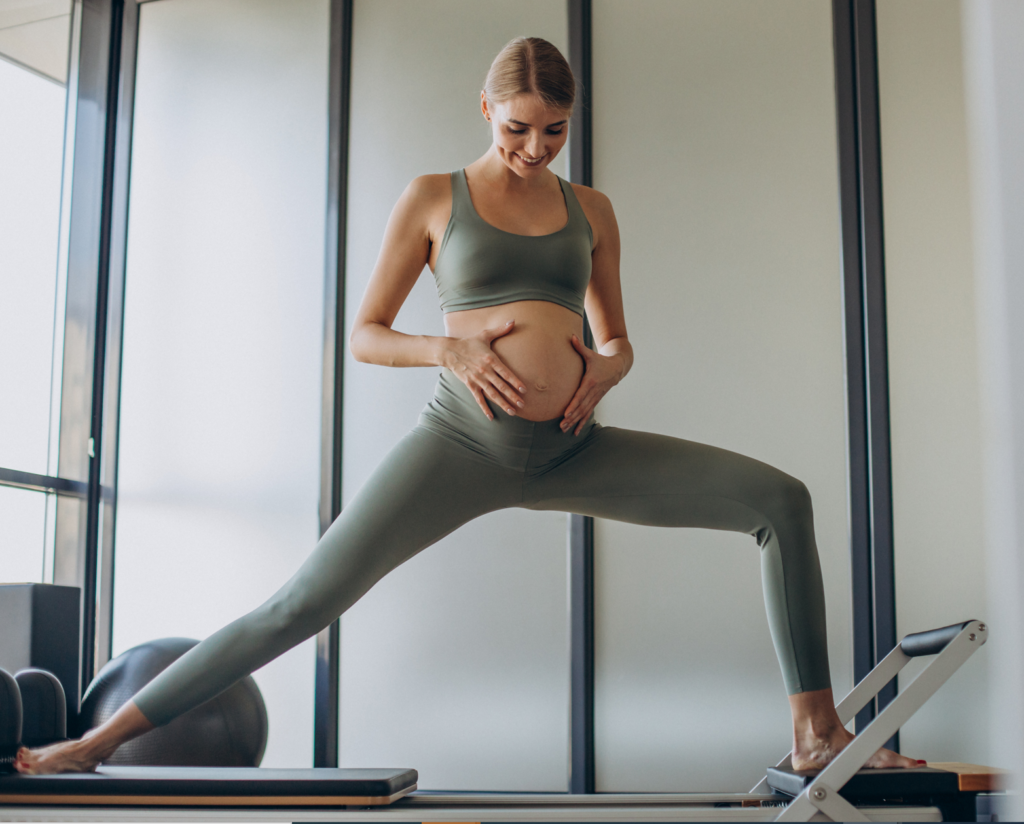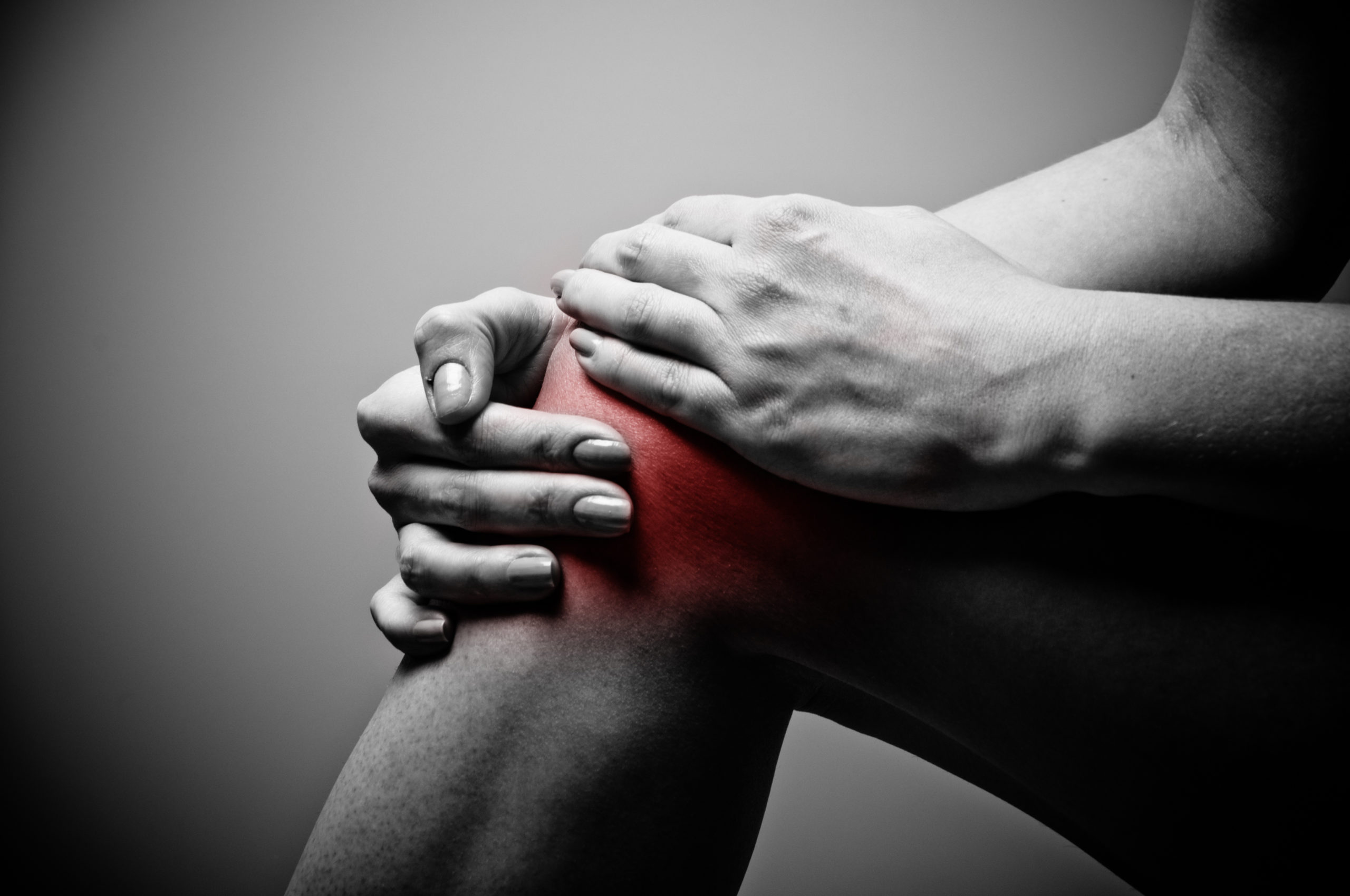
1. Break It Up: You don’t have to do it all at once. Breaking it into three 10-minute sessions can be just as effective. Take a brisk walk during lunch, do some stretches in the morning, and engage in light exercise before dinner.
2. Choose Enjoyable Activities: Find activities you enjoy, whether it’s dancing, gardening, playing a sport, or walking your dog. The more you enjoy the activity, the more likely you are to stick with it.
3. Integrate Movement into Daily Tasks: Incorporate movement into your routine tasks. Walk or bike to work, take the stairs instead of the elevator, or do simple exercises while watching TV. Be creative! Read more

